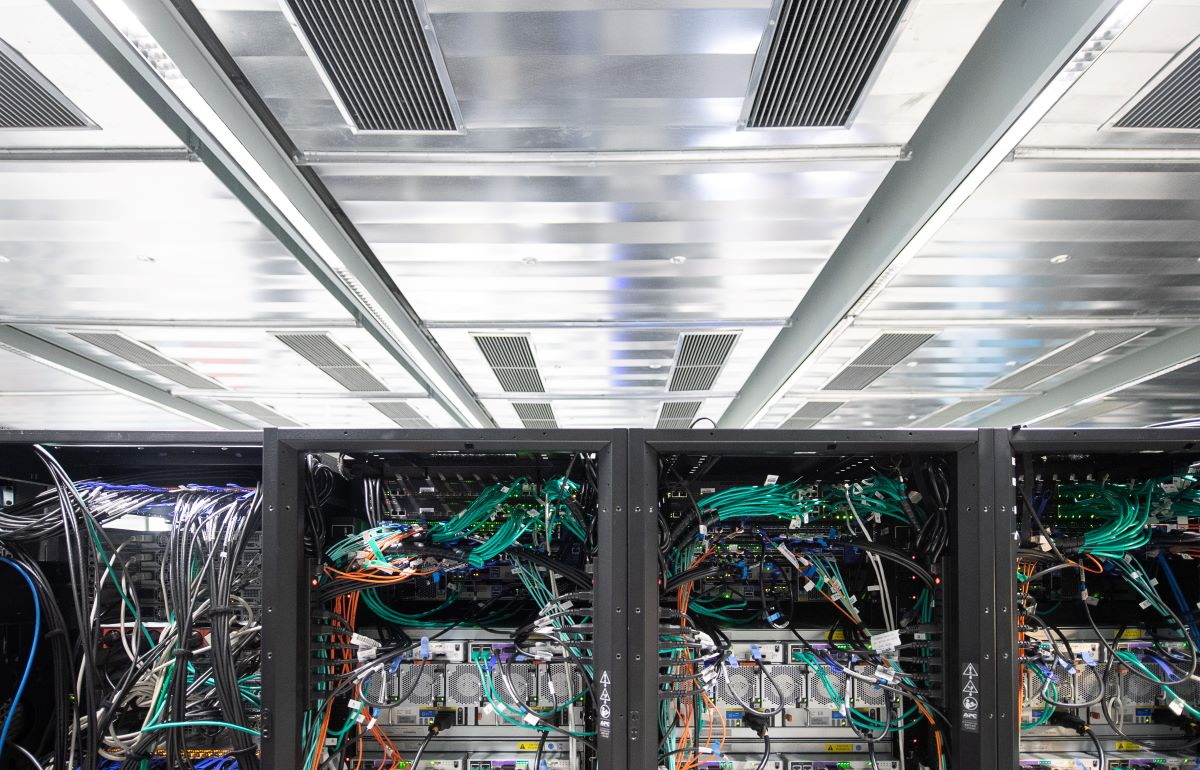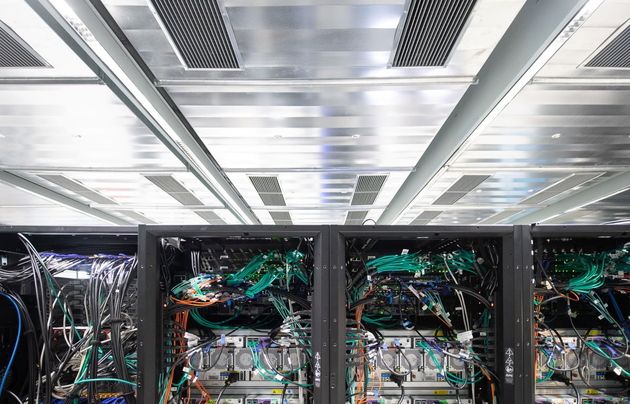The high-performance computer performed the calculation of Pi with an accuracy of exactly 62,831,853,071,796 digits.
A team of Swiss researchers It claims that a high-performance computer added 12.8 trillion new digits to the number Pi, in a calculation that reached a record 62.8 trillion digits in total.
Based on the Center for Data Analysis, Visualization and Simulation (DAViS) of the University of Applied Sciences in Graubünden, the high-performance computer performed a Pi calculation with an accuracy of exactly 62,831,853,071,796 digits. Timothy Mullican Last year, fifty trillion decimal places.
Before Timothy Mullican, the Trophy was owned only by Google, whose team found more than 31.4 trillion Pi numbers in 2018.
The Swiss team achieved this in just over 108 days – three and a half times faster than Timothy Mullikan, who reached the previous record at 303 days – and is now awaiting verification before being entered into the Guinness Book of Records. Only then will the full number be announced, but the researchers announced that the last 10 known digits of the Pi are now: 7817924264.
Chudnovsky formula
For most people, the number Pi will bring back only the most distant memories of math class, as it has been described as the ratio of a circle’s circumference to its diameter, often shortened to its first digits: 3.1415. For centuries, mathematicians have tried to calculate the numbers of Pi as accurately as possible. But because Pi is known as an irrational number, which means it can never be represented with absolute precision, the point isn’t exactly to find practical uses. Instead, computing has become an unofficial standard for high-performance computing and an opportunity for scientists to compete with one another.
“We wanted to achieve many goals with this benchmark attempt,” says Heiko Rolke, president of DAViS. “While preparing and executing the computations, we were able to accumulate a lot of knowledge and improve our processes. This is now of particular benefit to our research partners, with whom we jointly carry out extensive computational projects in the field of data analysis and simulation.”
DAViS researchers used a well-established algorithm called Chudnovsky’s formula, which was developed in 1988 and is considered the most efficient way to calculate the number Pi. The Google team and Timothy Mullikan also used Chudnovsky’s algorithm. The algorithm was run using another popular computer program, y-cruncher, which was designed in 2009 by American developer Alexander Lee specifically for calculating Pi.
According to the Swiss team, one of the main challenges was the amount of memory needed to perform such a large computation. The high-performance DAViS computer has dual AMD Epyc 7542 processors paired with 1TB of RAM, which isn’t enough to hold all the numbers they want. So y-cruncher was used to transfer the numbers to an additional 38 hard drives, with a total storage space of 16TB, freeing up a lot of RAM on the hard drives.
high potential
During operation, the temperature of the computer and disks can reach 80 ° C, which is why the system was placed in a server rack with constant air cooling to prevent overheating. This contributed more than half of the total 1,700 watts of power that scientists estimate is necessary for the full computation, which Will still put the system at 153NS Position in the Green500 . list.
It is unlikely that the additional 12.8 trillion pi numbers will be used anytime soon for practical applications, rather the achievement is a reflection of the scientific innovation and performance of high-tech computers. Chudnovsky’s formula, for example, is known for its complexity: when implementing the algorithm, scientists find that the time and resources needed to compute numbers increase faster than the numbers themselves, while hardware failures become more difficult to overcome as computing increases .
For Swiss researchers, this new achievement reflects the capabilities of high-performance computing systems, and their potential in other areas of research. “The calculations have shown that we are ready for the extensive use of data and computing power in research and development,” says Thomas Keeler, project manager at Graubünden University of Applied Sciences. “The account also made us aware of infrastructure weaknesses, such as insufficient backup capabilities.”
DAViS is supporting the use of high-performance computing in machine learning, for example in a project called Translatoria, which is building a computer-aided tool for translation from the Romanian language, mostly spoken in the currently endangered Swiss canton of Graubünden.
The computer center also studies applications of DNA sequence analysis in allergy and asthma research, which also require high-performance computing systems. This new record helps pave the way for future practical applications.
Source : ZDNet.com

“Certified gamer. Problem solver. Internet enthusiast. Twitter scholar. Infuriatingly humble alcohol geek. Tv guru.”






